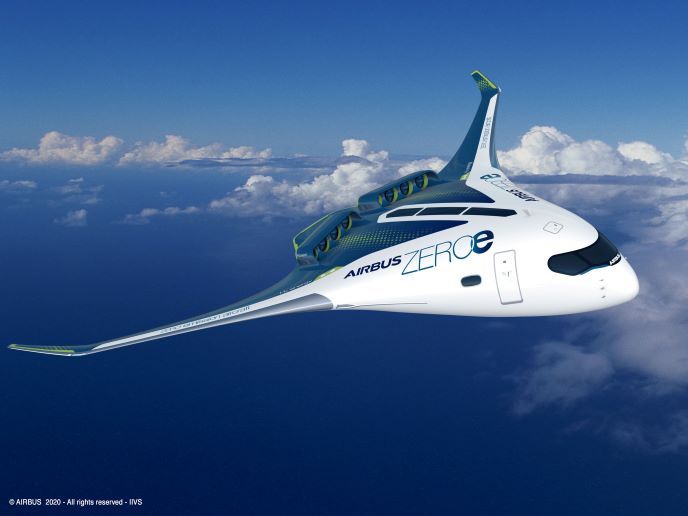LH2-powered aircraft are coming, but when?
On paper, liquid hydrogen (LH2) is a great solution to reduce the environmental footprint of aviation. It could enable a complete decarbonisation of the sector. It is potentially a formidable heat sink, and its combustion would come with considerably lower NOx emissions than standard jet fuel. But there are two problems: LH2 production is expensive, and the switch requires a major technology shift that market forces are unlikely to undertake without a helping hand or a push from public authorities. The ENABLEH2 (ENABLing cryogEnic Hydrogen based CO2 free air transport) consortium was given such a hand, almost 20 years after the European Commission’s last attempt to ramp up LH2 research and development under the Cryoplane project. “At the time, the costs associated with LH2 introduction were seen as prohibitive,” Bobby Sethi, ENABLEH2 coordinator, recalls. “But we’ve seen a drastic change over the past 2 years. Not only did our project help revitalise interest, but the urgent need to reduce the impact of anthropogenic activities on the environment has also raised enthusiasm for LH2 research in the civil aviation sector. The costs are now seen as justified due to both environmental and employment benefits.” Airbus’s recent announcement of three zero-emission concept aircraft – codename ZEROe – is a logical outcome of this change of heart. By 2035, the European aircraft manufacturer hopes to enable LH2-powered flights. ENABLEH2 is widely considered as the flagship project that can allow this to happen.
Unleashing the full potential of LH2
“ENABLEH2 concentrates on maturing technology for fuel system heat management, as well as technology providing a more attractive combustion process called micromix combustion,” Sethi explains. The project’s first objective is to exploit the full heat-sink potential of LH2. To do so, the project consortium has been maturing technologies for: compressor-integrated cooling; intercooling and variable cooling concepts; fuel pumps; heat exchangers; turbines for expander cycles; cryogenic cooling for turboelectric distributed propulsion; and LH2 fuel tank design and integration. They developed a suite of models to evaluate LH2-fuelled aircraft with regards to energy efficiency, life-cycle CO2 emissions and costs, and compared benefits and economic viability with projections for Jet A-1 fuel, biofuels and LNG. The project team even provides best-practice safety guidelines for LH2, as well as comprehensive roadmaps for its introduction to the market. Micromix combustion, on the other hand, enables superior fuel and air mixing without risking auto-ignition and flashback. It therefore generates ultra-low NOx emissions and is being matured through a combination of numerical modelling and experimental research.
Looking to the future
Although the project won’t be completed before August 2021, the team is already thinking about the future. “We are engaging with our partners to discuss the research needed beyond ENABLEH2. We have submitted or are in the process of submitting a number of proposals for follow-on projects building on the lessons learnt in ENABLEH2,” says Sethi. The first commercial LH2-fuelled aircraft could enter into service in the 2035-2050 timeframe. However, Sethi underlines that the first aircraft may not yet tap into all the potential benefits of LH2. Fully optimised, synergistic designs incorporating advanced heat exchangers, along with turboelectric distributed propulsion technologies that would exploit the heat-sink potential and other unique properties of LH2, may not come until the second half of the century. But the work of ENABLEH2 will definitely bring us a step closer to them.
Keywords
ENABLEH2, LH2, aircraft, liquid hydrogen, Airbus, ZEROe, NOx, 2035, micromix combustion, heat management







